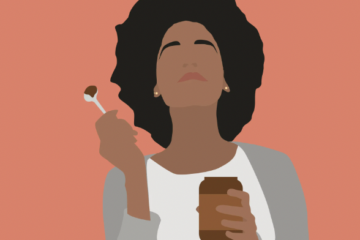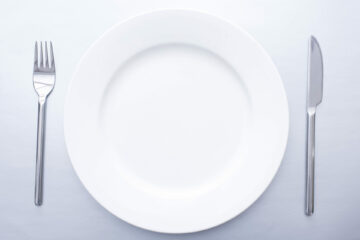The Blue Zone diet is a way of eating for certain people who live in the world’s ‘blue zones‘. These are 5 places named for the fact that people here are more likely to live to the age of 100. People in these regions also have lower levels of chronic health issues than populations in other parts of the world, and a big contributor to this is their diet.
The name is non-scientific, but has come from the author Dan Buettner, who had previously been studying areas in which the population had longer than normal life spans.
The diets that people follow in these zones comprise mainly on whole, plant-based foods, with minimal processed foods. We will be diving into whether there are any facts behind the claims that this diet is the best for longevity and health!
Where are The Blue Zones?
- Okinawa, Japan
- Sardinia, Italy
- Nicoya Peninsula, Costa Rica
- Ikaria, Greece
- Loma Linda, California
Although the diets in each place differ by culture and region, there are some common factors in each population.
The principles of the Blue Zones diets
The diets have the following in common:
- Mainly plant-based diets, based around high levels of fruit & vegetable intake, legumes such as beans and lentils, and wholegrains. Beans and lentils are heavily featured as a staple for protein & fibre.
- The diets are also low in overall meat consumption, with the occasional fish intake.
- Nuts & seeds are a daily part of the diet, as well as using olive oil as a main source of healthy fats.
- Foods that are highly processed, sugary drinks and convenient snacks are very minimal to non-existent.
- Mealtimes are often a social aspect, shared with friends and family, fostering a sense of community, rather than the Westernised way of eating around a TV or with distraction.
- Alcohol, mainly red wine, is only consumed in moderation and never to access.
- Exercise is a daily factor in people’s lives. Although purposeful exercise such as gym isn’t a part of the lifestyle, people in Blue Zones have daily exercise such as walking, cooking, gardening and daily chores. Many also work on farms, raising animals on steep mountain slopes, also commuting long distances for work.
- Sleep is a priority and is good quality, even with taking short daytime naps. As we know, getting too little or too much sleep can increase risk of health conditions such as heart disease and stroke.
Remember, the Blue Zone diet is not a strict, one-size-fits-all plan. It should be seen instead as a general framework for making healthier dietary choices based on the observed eating habits of long-lived populations.
Research has shown that adopting some of the dietary and lifestyle habits observed in Blue Zones can have positive health effects, including potential benefits for longevity, reduced risk of chronic diseases, and improved overall well-being.
Keep in mind that people living in these areas also have a high level of daily physical activity, as well as strong social connections.
How to follow the Blue Zones diet?
Here are some tips on how to eat following the principles of this diet:
- Aim for fruits, vegetables, wholegrains and legumes to make up at least 90% of your diet. Saving meat for special occasions, if ever.
- Having a serving of fish 3-5 x a week, some of which should be oily fish.
- Aim for 1 handful of unsalted, unflavoured nuts per day.
- Wholegrains include quinoa, brown rice, oats, bran, bulgur wheat, farro. You can also try wholemeal pasta and bread.
- Drink only unsweetened beverages such as water, tea, coffee, and small amounts of red wine, if you do want to still include alcohol in the diet.
- Focusing on maintaining daily activity and a well-balanced sleep routine are both important factors of living in the Blue Zone way.
Summary
People who live in the Blue Zone regions can be extremely healthy. They can live to a much older age than the average person. Many aspects influence this; however, the underlying principles include a mostly plant-based diet, regular exercise, low alcohol intake, quality sleep and low stress with good community and social networks. Incorporating some of these aspects into your lifestyle can help improve the overall quality of your health and may even add some years onto your life!
There are other diets that are linked to weight loss, including Weight Watchers or the ZOE app. It’s important to find a diet that works best for you and that you can stick to. Be sure not to fall into the trend of a FAD diet!
If you want to know more about the blue zone diet, consult a healthcare professional today.







